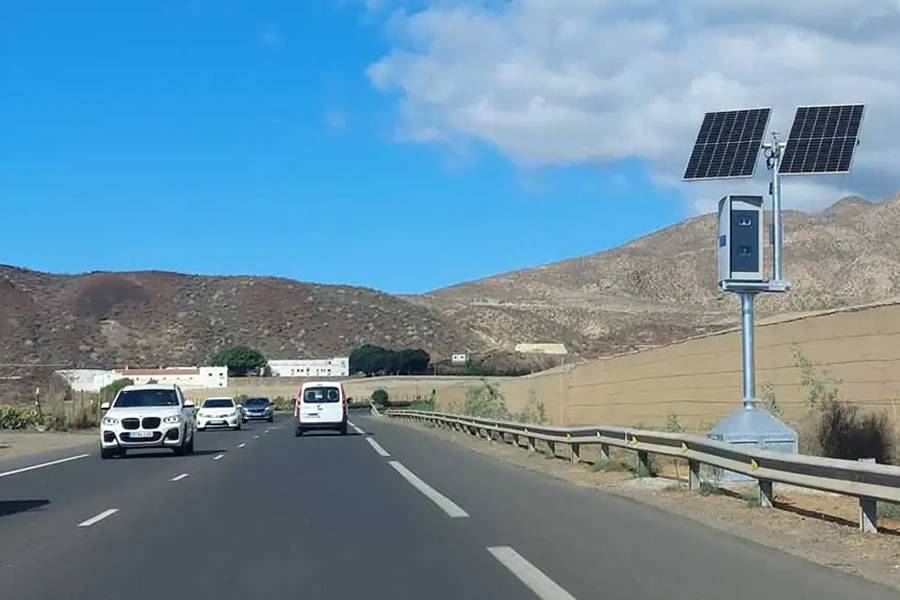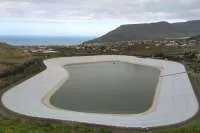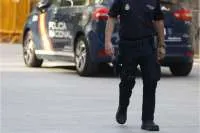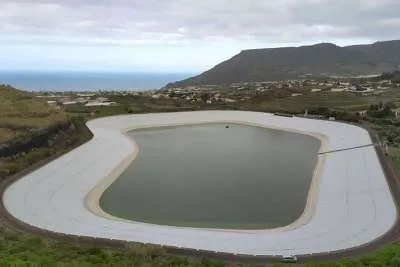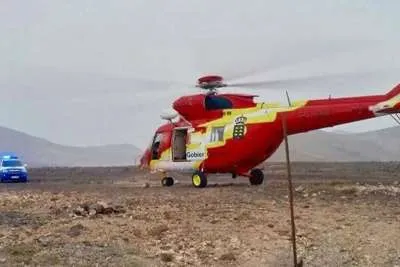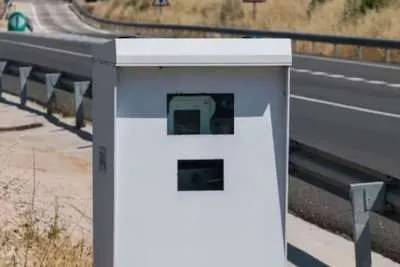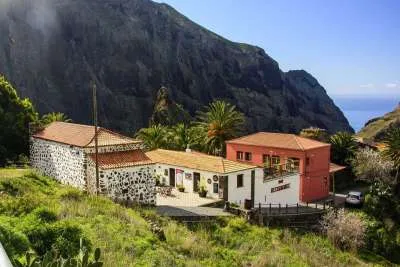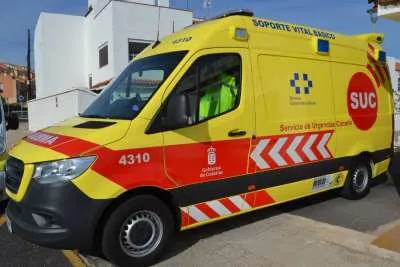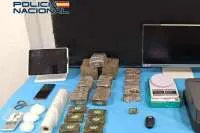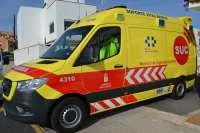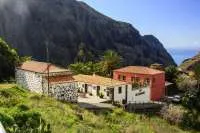New speed cameras in South Tenerife are active even though not all have signs
- 16-12-2024
- Tenerife
- Canarian Weekly
- Photo Credit: El Digital Sur
New speed cameras have been introduced across Tenerife as part of an initiative to improve road safety during the festive season and beyond. Strategically positioned in areas with high accident rates, these cameras aim to curb speeding and other reckless driving behaviours that remain a significant concern on the island's roads.
Although some of the cameras are already installed, they currently lack visible signage and are not yet displayed on the official traffic maps. However, they are expected to be integrated into the Directorate General of Traffic's (DGT) radar portal in the new year.
Key Locations of the New Speed Cameras
One of the new speed cameras is operational on the TF-2 in the uphill stretch towards the second curve near the Las Moraditas entrance.
On the TF-655, the back road that connects Los Cristianos to Guaza, average speed cameras have been installed. The stretch of road spans from kilometre 2+000 to kilometre 3+250, starting just after the Gomero roundabout and extending to the petrol station. These cameras calculate your average speed between two points and issue fines for violations at both ends of the monitored section.
The TF-625, which ascends towards Arico from the TF-1, is also now home to a speed camera designed to monitor vehicles on this route.
Drivers on the TF-652, running from Costa del Silencio to Las Chafiras, will encounter a speed camera at kilometre 2+900, shortly after Guargacho and before the intersection with the TF-653.
A significant installation is on the TF-66, connecting Costa del Silencio to El Fraile, Guaza, and Valle San Lorenzo. Here, a speed camera has been placed at kilometre 9, just after the roundabout leading to El Palm-Mar and heading towards El Fraile.
On the TF-65, between Los Abrigos and Las Chafiras, another speed camera is positioned at kilometre 11+150, following the San Blas entrance and preceding Los Abrigos.
Finally, the TF-5 has a new speed camera at kilometre 49+400, located just before the entrance to the Santo Domingo tunnel after La Guancha. Notably, this is the only one among the new installations that is not bidirectional.
Advanced Features of the New Devices
Most of the speed cameras will be bidirectional, monitoring traffic in both directions. Powered by dual solar panels, these devices are entirely independent of the electrical grid, ensuring uninterrupted operation. The solar-powered design also enables the cameras to remain visible in low-light conditions, such as at night or during cloudy weather.
These technological enhancements, combined with their strategic placement, underline a clear commitment to improving road safety across Tenerife. While this is the current list of new installations, officials suggest that additional cameras could be introduced in the future. For now, drivers are urged to adhere to speed limits to avoid penalties and ensure safer roads for everyone.


